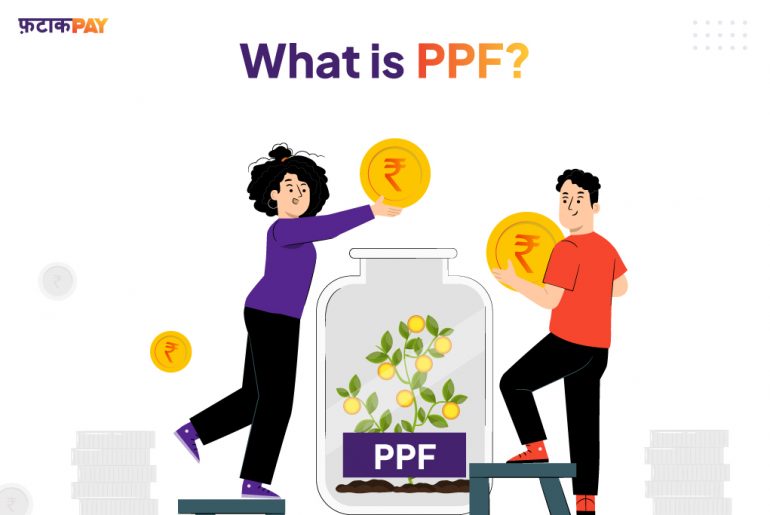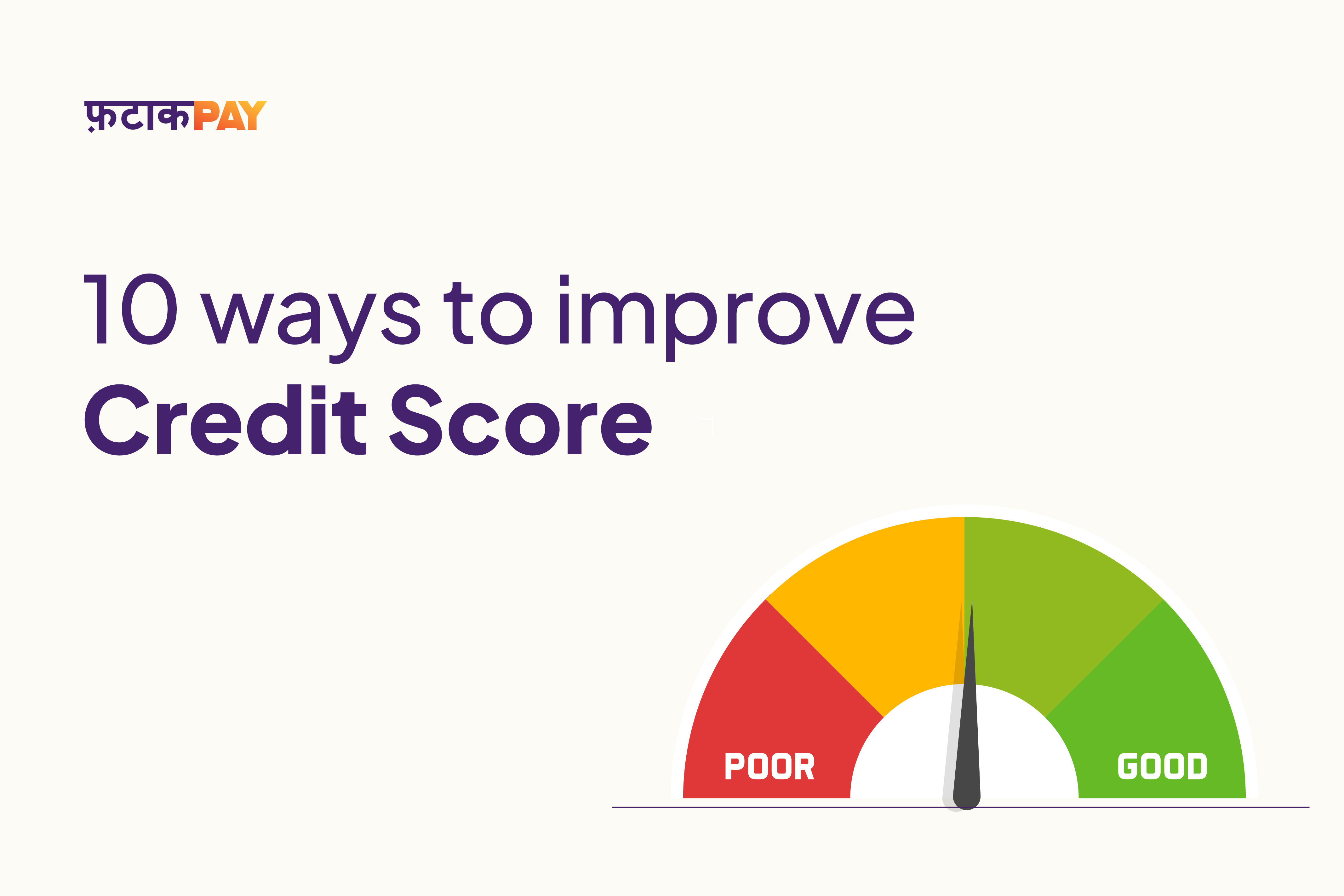Introduction to PPF account:
Public Provident Fund (PPF) account was a program that the National Savings Institute introduced in 1968. It belongs to the post office’s lineup of savings plans. PPF is backed by the government, thus returns are certain.
More about PPF:
The National Savings Institute created the Public Provident Fund, a post office savings program. Some private and nationalised banks, though, are permitted to accept PPF investments. It is backed by the government. 7.1% (FY 2022-23) is the PPF Interest Rate for the current quarter.
Every year on March 31, the interest is paid. However, between the fifth and the thirty-first of each month, the interest is calculated on the minimum PPF balance. The lock-in period for Public Provident Fund is 15 years.
Public Provident Fund accepts investments from all Indian Citizens. HUFs and NRIs cannot, however, open an account.
Additionally, PPF enables investors to borrow money against their PPF investments. Between the third and fifth years, there is a loan facility accessible. On the bank’s website, one can apply for a loan online.
One PPF account can be opened by each investor. There can be only one PPF account. A flat sum or twelve separate installments are both options for investors. The minimum and maximum investments are Rs.500 and Rs.1,50,000 respectively. However, some banks just require a minimum deposit of Rs.100 to create a PPF account.
To keep their PPF account active, investors must make a minimum investment of Rs.500. Investors must pay Rs.50 as a penalty and Rs.500 for that particular year to reactivate their account if they don’t comply, otherwise their account will be terminated.
Under Section 80C of the Income Tax Act, investments in Public Provident Fund up to INR 1,50,000 are eligible for a tax deduction. The PPF Scheme’s returns are totally tax-free.
Eligibility to Open a PPF account
The investor must fulfil the following eligibility requirements in order to open a PPF account:
An Investor can have only one account. On behalf of a minor, one can open a different account, nevertheless.
Non-resident Indians (NRIs) and Hindu Undivided Families (HUFs) are unable to open PPF accounts
Investors must next fill out the application form, attach the required documentation, and send the required deposit to open the account.
Documents required for PPF account
The following documentation must be provided when opening a PPF account:
Application for PPF Scheme
Identity documentation, such as an Aadhaar card, PAN card, passport, or driver’s licence
Address verification (such as a passport or Aadhaar card)
Signature Evidence
The investor must deposit the investment amount for the PPF account opening after submitting the required paperwork.
Only with the bank using internet banking is it possible to open a PPF account online. Post offices do not offer internet banking services for opening PPF accounts online.
What is the interest rate on PPF?
Every three months, the Ministry of Finance releases the PPF Scheme interest rates. PPF now has an interest rate of 7.10% per year (FY 2022-23).
The PPF account balance is used to calculate the interest rate. The minimum balance in an investor’s account between the fifth and last day of each month is used to compute the interest on the PPF Scheme.
Therefore, it is preferable to make PPF deposits by the fifth of the given month, if not earlier.
Features of a PPF Account:
Tenure:
A PPF account must be open for at least 15 years. But the investor has the choice to make the length longer by a block of five years.
Eligibility:
All Indian citizens are eligible. NRI Indians and Hindu Undivided Families (HUFs) cannot open PPF accounts, though.
Number of Accounts:
There can only be one PPF account per person. On behalf of a minor, they can open a different account, nevertheless.
Minimum and Maximum Investment amount:
The minimum investment needed is INR 100. Additionally, the minimal investment is INR 500 each year. The maximum annual investment, however, is INR 1,50,000. The investors receive no interest on investments over INR 1,50,000.
Deposit frequency:
Deposits must be made either annually or in a maximum of 12 installments per year. To keep the PPF account active for 15 years, there must be at least one deposit made.
Mode of deposit:
Demand draft, cheque, or cash.
Risk:
The Public Provident Fund (PPF) has the support of the Indian government. As a result, it ranks among the most secure investment options for private investors. PPF returns that are guaranteed and risk-free. It provides capital protection as well. Therefore, there is less risk associated with investing in PPF Schemes.
Nomination:
Investors can designate a nominee for their accounts. They can either do so when they first open their PPF account or afterwards.
About FatakPay:
FatakPay provides small credit facilities for all. It’s available on your phone and caters to your everyday needs in both online and offline formats. Payments are done seamlessly through UPI/QR codes. The solution provides an almost zero cost, free, quick, transparent and secure way to transact in a multilingual format with a Scan Now, Pay Later facility and easy repayment options.
Link to FatakPay App: https://link.ftkp.in/2uSI/dkasgvnf
Explore More Financial Planning Tools:
To better understand various investment options and secure your financial future, check out these insightful blogs:
- What is NPS? – Learn about the National Pension System and how it can help you plan for a comfortable retirement.
- What is Sukanya Samriddhi Yojana? – Understand how the Sukanya Samriddhi Yojana can help secure your daughter’s future with a government-backed savings scheme.







